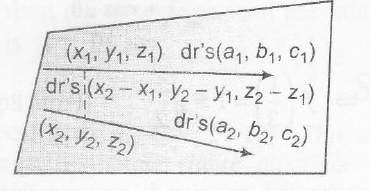Answer:
Option A,B
Explanation:
Concept involved
(i) Conditional probability i.e
$P(A/B)=\frac{P(A\cap B)}{P(B)}$
(ii) $P(A\cup B)=P(A)+P(B)-P(A\cap B)$
(iii) independent event, then
$P(A \cap B)=P(A).P(B)$
sol. Here, $P(X/Y)=\frac{1}{2},P\left(\frac{Y}{X}\right)=\frac{1}{3}$
and $P(X \cap Y)=6$

$\therefore$ $P\left(\frac{X}{Y}\right)=\frac{P(X \cap Y)}{P(Y)}$
$\Rightarrow$ $\frac{1}{2}= \frac{1/6}{P(Y)}$
$\Rightarrow$ $P(Y)=\frac{1}{3}$............(i)
$P(\frac{Y}{X})=\frac{1}{3}$
$\Rightarrow$ $\frac{ P(X\cap Y)}{P(X)}=\frac{1}{3}$
$\Rightarrow$ $\frac{1}{6}=\frac{1}{3}P(X)$
$\therefore$ $P(X)=\frac{1}{2}$...........(ii)
$p(X \cup Y)=P(X)+P(Y)-P(X \cap Y)$
=$\frac{1}{2}+\frac{1}{3}-\frac{1}{6}=\frac{2}{3}$..........(iii)
$P(X \cap Y)=\frac{1}{6}$
and $P(X) P(Y)=\frac{1}{2} \frac{1}{3}=\frac{1}{6}$
$\Rightarrow$ $P(X \cap Y)=P(X) .P(Y)$
$\Rightarrow$ Independent events ...........(iv)
$P(X^{c} \cap Y)=P(Y)-P(X \cap Y)$
=$\frac{1}{3}-\frac{1}{6}=\frac{1}{6}$ ..........(iv)